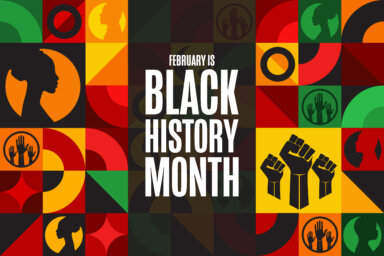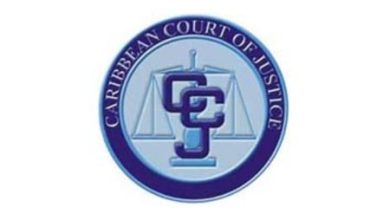A look at how we can remember Black History!

Black people observed February as Black History Month, and multiple events take place across New York City and other places in the world to honor the work and the legacy of brilliant Black scholars, artists, creative professionals who have masterfully contributed to Black history. Black History Month sheds light on the damages and the disadvantages caused by slavery and what generates from one of the world’s most painful experiences.
Black institutions such as the Schomburg Center for Research and Black Culture, which was established in 1905 in Harlem, New York to help record the achievements as well as the plights of slavery is one place that for generations have chronicled vital data encompassing the work of a host of notable Black people.
So, while Black History Month, February 2024 is moving on, the Schomburg Center for Research and Black Culture is hosting several events at its location to commemorate the Black legacy. The work at the center is comprehensive, some of the world’s top Black leaders have been featured speakers at the Schomburg Center. The Schomburg with its “diverse collection of programming and collections total over 12 million items that illuminates the richness of global Black history, arts and culture.” The Schomburg is technically a branch of NY Public Library, but its Black History includes all or most elements of Black culture. It is the dedication of the center to preserve, research, exhibit and present the showing of photos on Black culture.
Being a part of the New York City Public Library, the Schomburg Center for Research and Black Culture opens its doors to the public. It is in Harlem at 515 Malcolm X Blv’d., New York, NY 10037.
In an era when people are being denied from reading Black history institutions such as the Schomburg Center on Research and Black Culture remains a source for knowledge and inspiration for Black people, and especially the young.
The Schomburg Center for Research in Black Culture was named after Arturo Alfonso Schomburg, who was born in Santurce, Puerto Rico, to a Puerto Rican father of German descent and an Afro-Caribbean woman. Arturo Schomburg paved the way for other Black academia to document their works and build a collection of their legacy. For many years Schomburg collected Black literature, artifacts, and arts, sounds and narratives of slaves and a host of other materials of Black history and documents these items.
The Schomburg Center has concentrated on preserving the work of the Black pioneers and others like Langston Hughes, renowned poet, internationally recognized photographer, filmmaker and US Foreign Service Officer, Griffith J. Davis.
From its inception the Schomburg Center has been a part of the Harlem community, a research library for Black culture. It has moved to other locations, but its focus has never changed, an archive for information on people of African descent worldwide. The center has remained in Harlem. A mega for Black culture in America.
Resources are broken down into divisions, arts and artifacts, the Jean Blackwell Hutson general research and Reference Division, the manuscripts, archives and rare books division, the moving image and recorded sound division and the photographs and print division. It is dedicated to preserving, exhibiting, and researching a great and sophisticated legacy of work which for decades has been internationally recognized.
Excellent works are on display during this Black History month, and all collaborated and done brilliantly. The legacy of so many great minds, escalating the brilliance of Black History. It is one hundred and nineteen years of struggles since the center opened and endure its changes and make this a legacy accessible to everyone wanting to better understand Black culture.
Before Black History Month 2024 ends there are remarkable events on Black stalwarts taking place at the Schomburg center. There are exhibitions mounted on renowned Black artists, musicians. You will find materials on some of the world’s best Black collections. You may listen to the voices of Arturo Schomburg and Langston Hughes.




